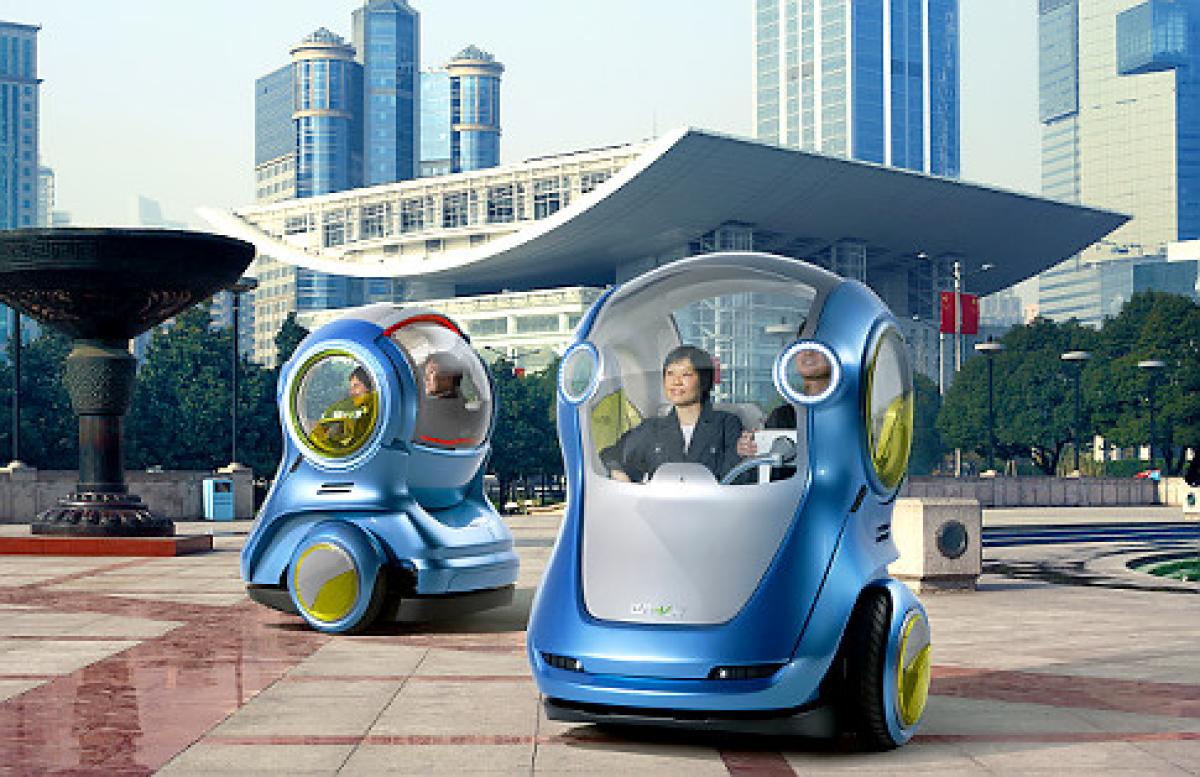Cardiovascular Disease (CVD) is the leading cause of several deaths throughout the world, especially in United States. Around 50 million Americans suffer from high blood pressure, one of the most important symptoms preceding a heart disease. A leading cause of heart attacks is a sedentary lifestyle accompanied with loads of junk food, alcohol and smoking. A heart attack strikes when the walls of the artery get blocked thereby leading to lack of blood supply to the heart. With lacking blood supply the heart stops functioning and collapses.

Knowledge of the seriousness of the situation of the heart condition has led man to conduct experiments time and again to combat the disease. Along with medical researches technological researches are also being conducted to produce tools and gadgets that can help fight the disease and increase the chances of recovery. The invention of the computer has been considered to be one of the biggest achievements of mankind. Its utility can be seen in every field of life and its effects can be seen on every human being in some form or the other. Medical science is not untouched. One such effort has been made in the form of the 3D heart monitoring diagram, designed by designer Tim Cooper.
A 3D heart image can be considered to be a replica of a human open heart and it facilitates the planning of an open heart surgery. When preparing for a heart surgery a surgeon needs to get a complete picture of the condition of the heart and decide upon the approach to be adopted. With a 3D image the surgeon can replicate the true condition on the image and then plan his move. This holds well in cases of both artery bypass surgery and minimal invasive coronary artery bypass.
The use of this 3D image can be of great help in performing the non-invasive valve repair procedure too. Since this entire procedure is performed through a two-inch incision on the side of the chest ultimate accuracy is required. The possibility of planning the process on a life like image gives a clear picture of the surgery procedure and the precautions to be taken while conducting it. After all it is a matter of life and death, not only affecting the patient but also the numerous people related to him/her.
However, it should not be taken for granted that whatever was planned on the image will turn out as decided. There is always a scope of hiccups occurring for which the surgeon has to be prepared. In the end it is the presence of mind of the human that makes the difference rather than a computer program planning. But what cannot be denied is that computers have helped make great medical advancements thereby leading to better understanding of erstwhile unexplainable medical conditions.
If you liked reading this, you would also like visual impairment software development and electrical circuits in contact lenses.













